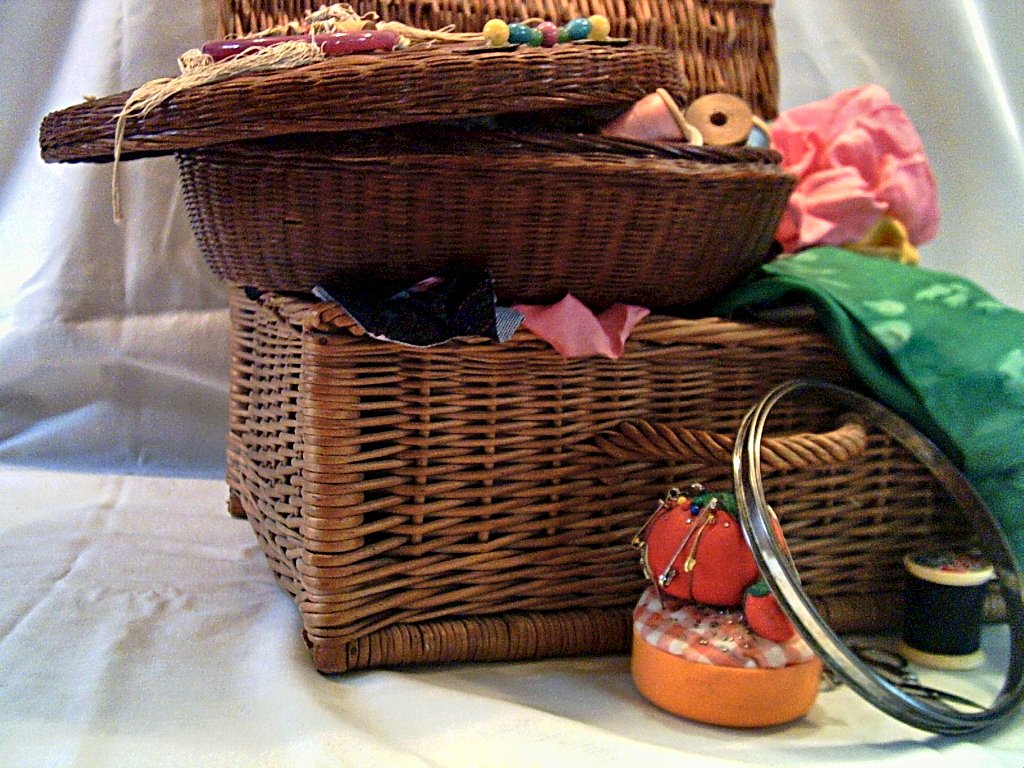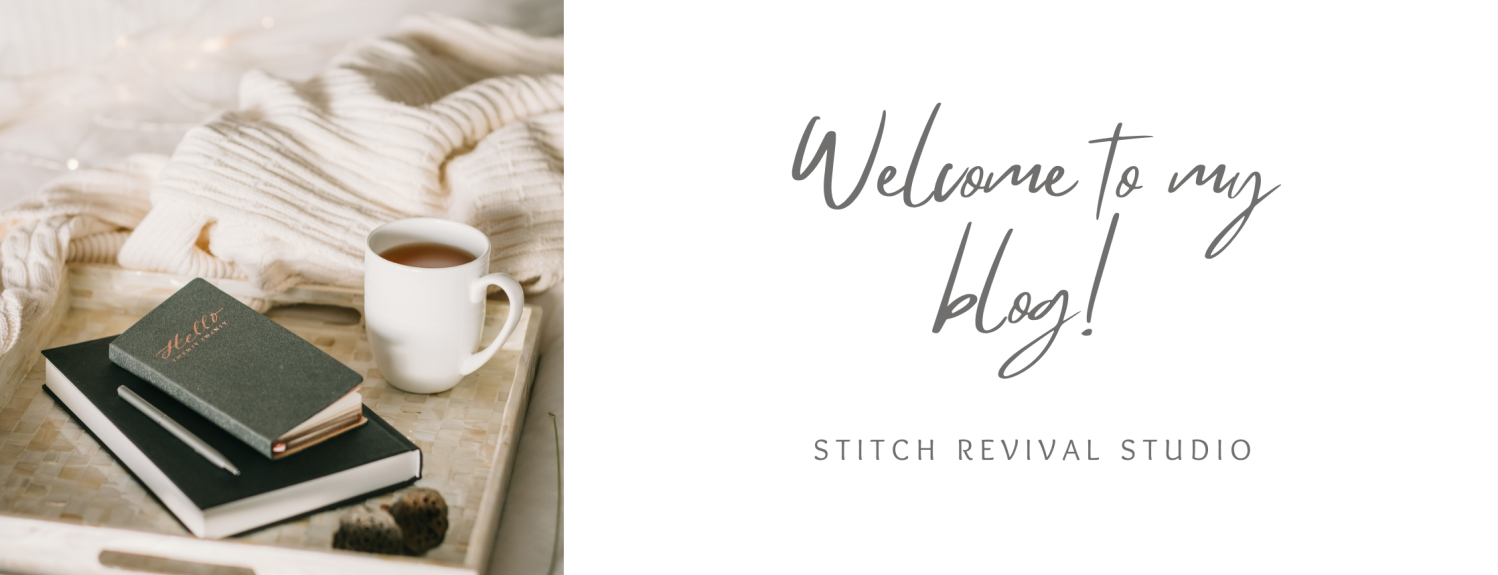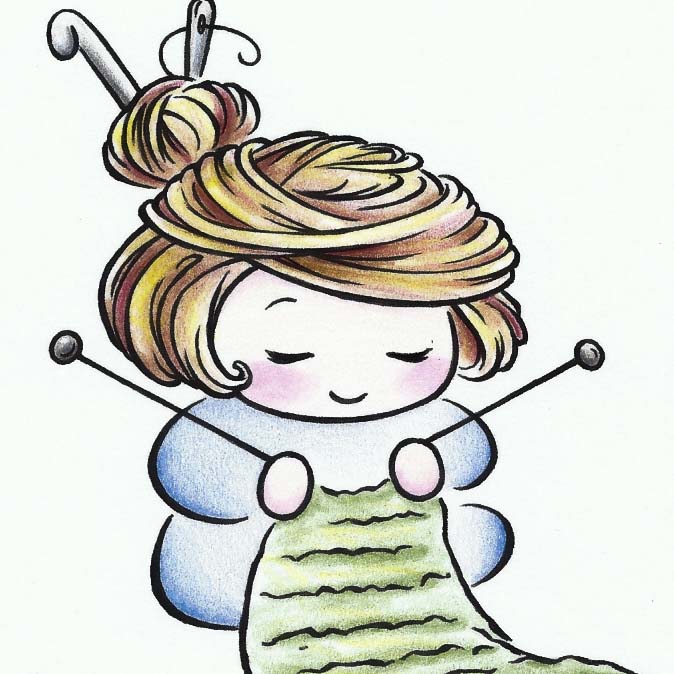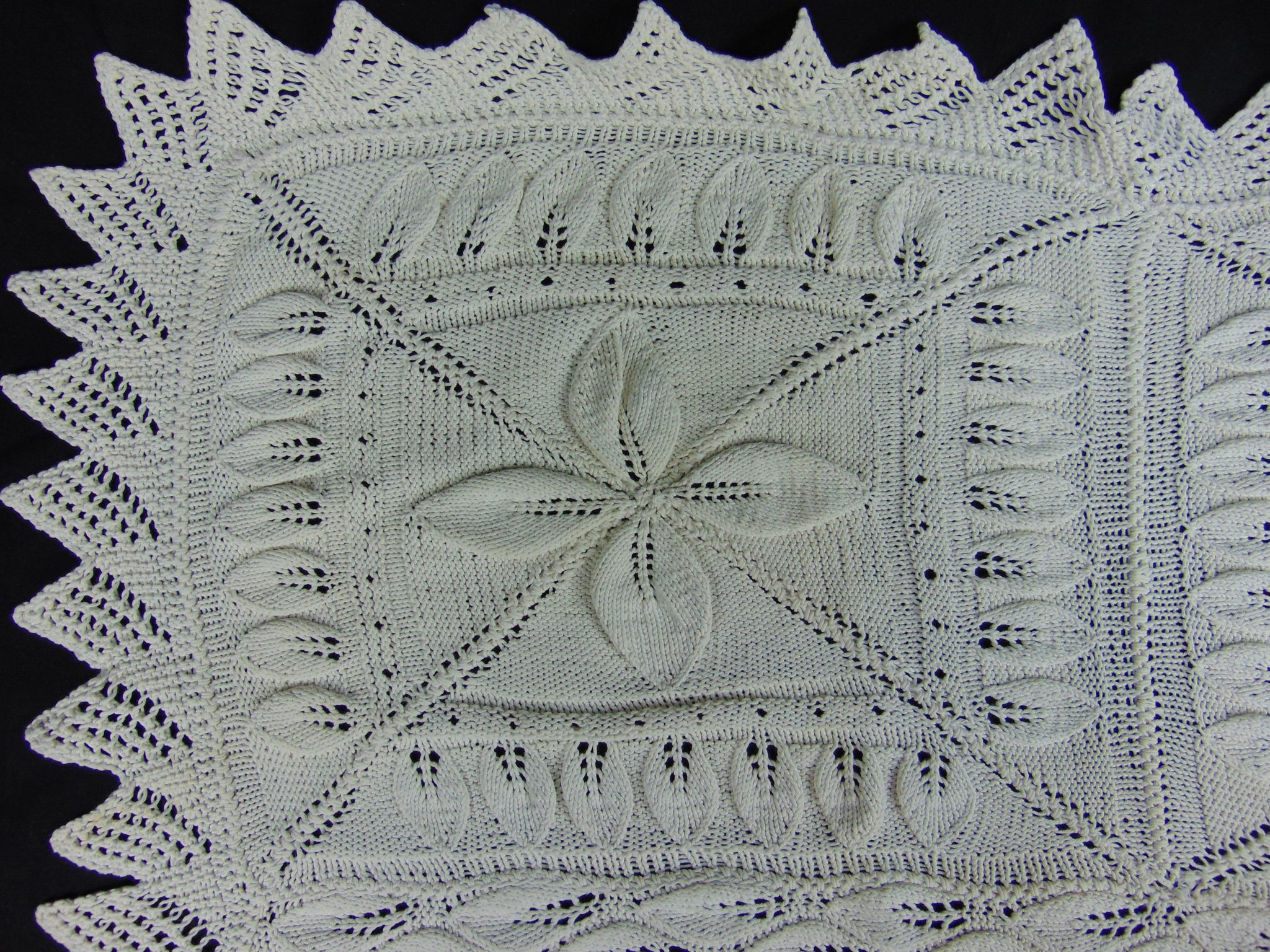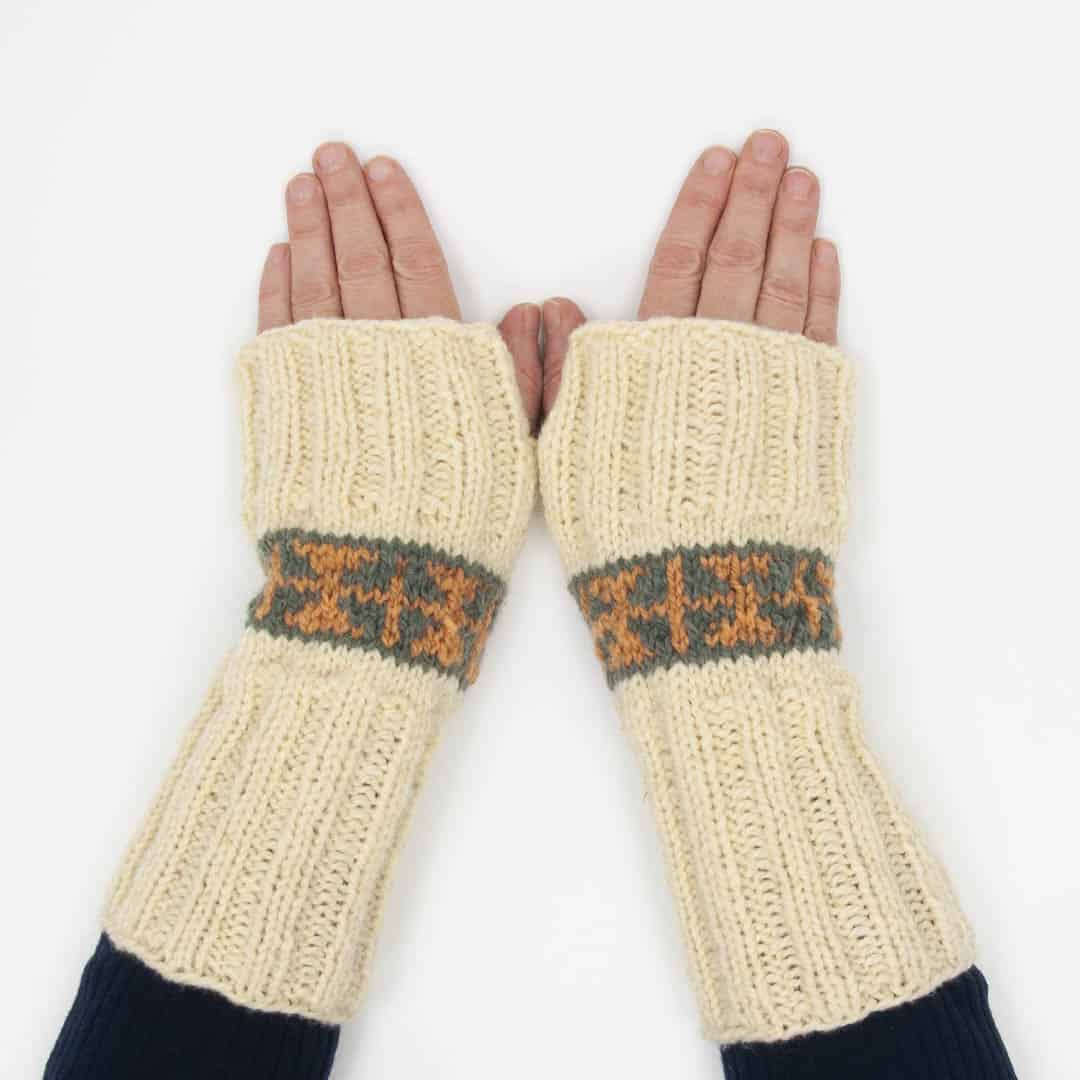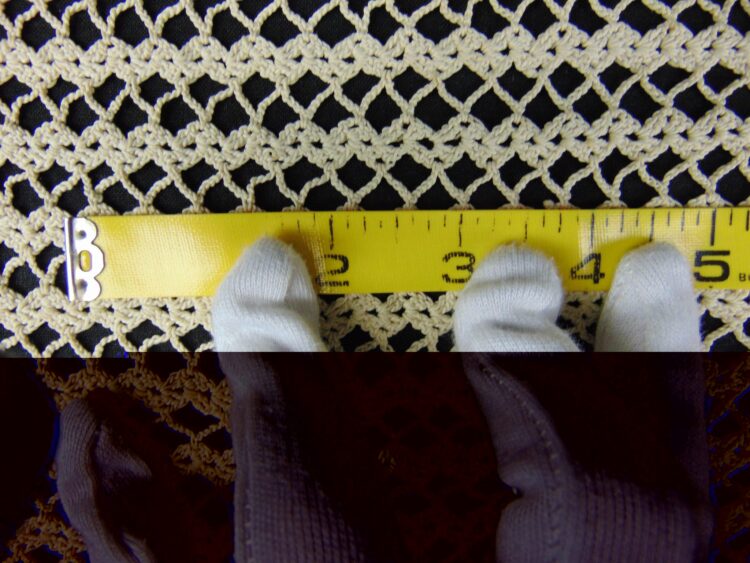
Heirloom museum textiles
In past centuries, women crafted heirloom needlework and textiles that were practical and beautiful, combining function with artistic expression. These beautiful household textiles from the 19th Century are today rare, yet the Huron County Museum and Historic Gaol, in Goderich, is fortunate to feature many pieces, including two counterpanes (one knitted, the other crocheted), a knitted bureau scarf, a crocheted antimacassar, and an embroidered linen shopping bag.
White cotton counterpanes (or coverlets) were common in the 19th Century, as was ‘white knitting,’ because of the ready availability of cotton yarn. The museum has some fine examples of traditional, heirloom-quality
counterpanes. According to Merriam-Webster, the word ‘counterpane’ comes from the Middle English countrepointe, which literally means embroidered quilt.
The first known use of the name appears in the 15th Century, and it is synonymous with bed covering, bedspread, coverlet, and spread. Counterpanes are usually made up of smaller units (squares or octagons, for example) that are worked separately and then joined together to create an overall design or effect. They traditionally were knitted or crocheted in white or cream-colored cotton yarn. Patterns were numerous and could be quite intricate.
Knitted around 1812, and donated to the Museum in 1958, the white cotton crib counterpane in the collection is a simple design. The blanket was constructed of 3-inch square units joined together, forming an overall ‘On Point’ pattern; the eyelet spaces create the optical illusion of nested diamonds. Each unit is worked from one corner to the opposite corner, with garter stitch in the lower half of the unit, a row of eyelets through the middle, and alternating stockinette-stitch and reverse stockinette- stitch ribbing above. The garter-stitch rows feature a yarn over increase on each end. It appears that at least two different hands stitched the squares together, as some seam stitches are small and neat, others are larger and rougher.
The crocheted counterpane was made about 1905 and donated to the museum in 1965. Crocheted in the round into individual squares that were then connected by crocheting each motif to the other, the counterpane features a Diamond Embossed Bobble central pattern in each of the squares. This pattern is similar to one called the Star Popcorn bedspread.
Each square was crocheted individually, and then all were joined together. The bedspread is five motifs wide and six long. Each square motif measures 12 x 12 inches. The crochet edging runs the perimeter of the spread, each scallop along the edge is five inches long. The knitted, cream-coloured cotton counterpane bureau scarf, slightly yellowed with age, dates from 1890 and was donated in 1978.
The scarf features four counterpane squares set above a panel of embossed leaves; the edging is a sawtooth pattern. The four units of the square were worked as separate triangular sections, and then crocheted together. The embossed panel with raised central leaves, lines of eyelet, and a border of leaves is a typical pattern of the period. The squares each measure 12 x 12 inches. The leaf panel is eight inches high. This scarf may have been knitted originally as a sampler.
The antimacassar doily was crocheted in 1880 by six-year-old Ann Rath of East Wawanosh Township near Belgrave. Rectangular with a knotted fringe, the doily measures 24” x 15” and was worked with cotton crochet thread. The pattern is made up of motif strips joined together by a chain. The item was donated to the museum in 1960.
In the 19th Century, antimacassars – also known as ‘tidy chair backs’ – were quite common. These small cloths were placed over the back of a chair or sofa to protect the upholstery from Macassar oil, which was used by men in the Victorian and Edwardian eras as a hair conditioner to groom and style. Macassar was often made by combining coconut oil or palm oil with other fragrant oils.
The embroidered shopping bag is made of beige linen with the embroidered initials ‘MBF’ on the front of the bag. The two handles lie horizontally along either side of the opening, near the line of buttons. Brown braid trim and tapestry wool embroidery in yellow, taupe, brown, and green accent the bag. Some of the components of the bag appear to be machine stitched, such as the trim and the button holes. The item is dated circa 1850 and was part of the original collection belonging to Joseph Herbert Neill, founder of the Huron County Museum in Goderich.
The Museum holds many intriguing examples of heirloom needlework and textiles. The museum, located on the east coast of Lake Huron, has an interesting story. The original collection was gathered together by Mr. Neill (1884-1969), a collector and amateur historian.
He sold his personal collection of historical items to Huron County in 1948, and, in 1951, the Huron County Museum was opened with him as the curator. The five items described are but a small sampling of the wealth of historic textiles held in the Huron County Museum’s collection. Since these items were part of the early collection, for which minimal information was gathered, little is known about them.
Although the makers are gone, they still have the power of expression through their needlework, which leaves a tangible memory of their lives in Huron County.
– This article first appeared in the Spring 2019 issue of the Huron-Perth Boomers.

